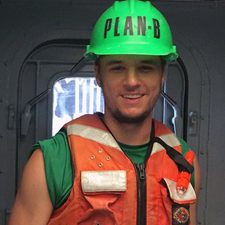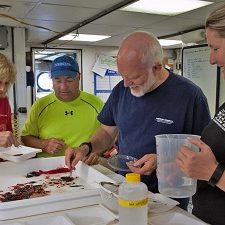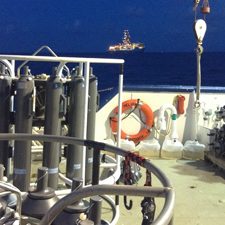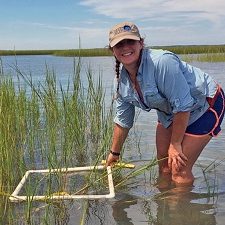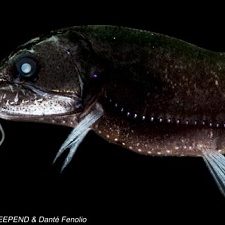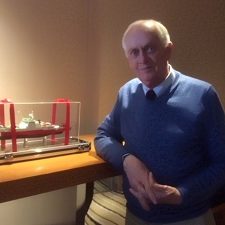Grad Student Montgomery Explores How Ocean Chemistry Affects Microbes
Natural seeps are abundant in the Gulf of Mexico and help create a chemically unique habitat where microbial populations can flourish. Andy Montgomery is researching the relationship between marine microbes and ocean chemistry and how chemical shifts affect the role microorganisms play in biogeochemical cycling, a common pathway for chemicals and organic matter to move through the ocean.

